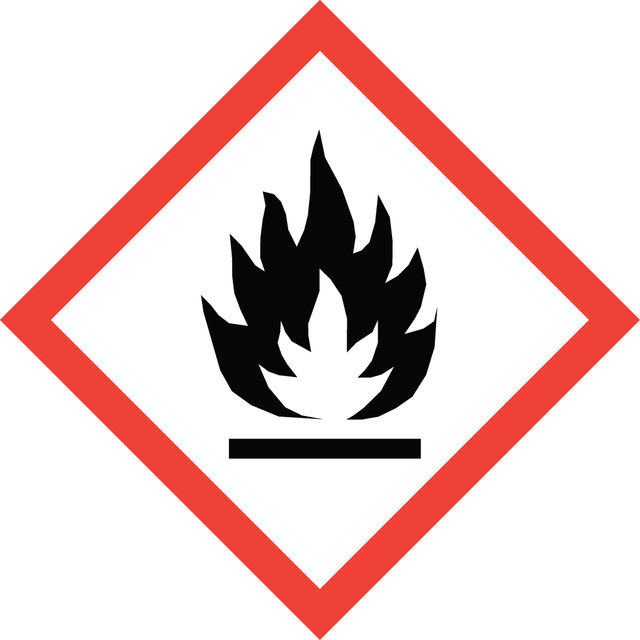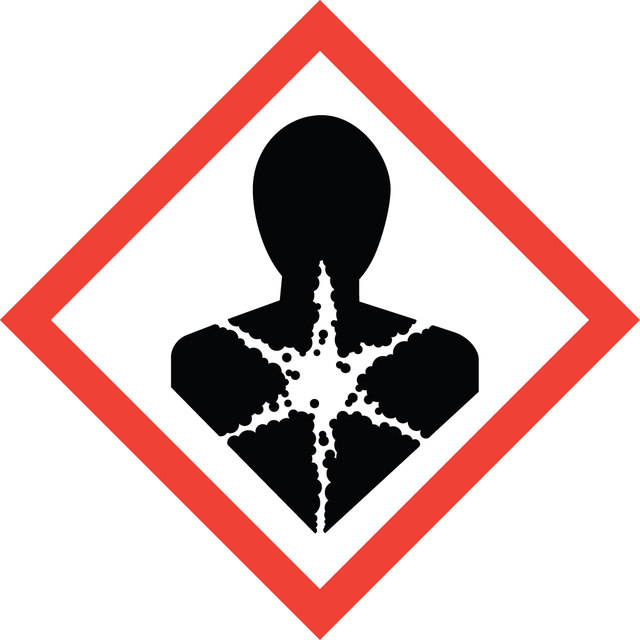Select a Size
About This Item
vapor density
3 (vs air)
Quality Level
vapor pressure
88 mmHg ( 20 °C)
Assay
≥99%
autoignition temp.
801 °F
contains
3-20 ppm hydroquinone as inhibitor
expl. lim.
13.4 %
refractive index
n20/D 1.395 (lit.)
bp
72-73 °C (lit.)
mp
−93 °C (lit.)
density
0.934 g/mL at 25 °C (lit.)
storage temp.
2-8°C
SMILES string
CC(=O)OC=C
InChI
1S/C4H6O2/c1-3-6-4(2)5/h3H,1H2,2H3
InChI key
XTXRWKRVRITETP-UHFFFAOYSA-N
Looking for similar products? Visit Product Comparison Guide
Related Categories
Application
Signal Word
Danger
Hazard Statements
Precautionary Statements
Hazard Classifications
Acute Tox. 4 Inhalation - Aquatic Chronic 3 - Carc. 2 - Flam. Liq. 2 - STOT SE 3
Target Organs
Respiratory system
Storage Class Code
3 - Flammable liquids
WGK
WGK 2
Flash Point(F)
17.6 °F - closed cup
Flash Point(C)
-8 °C - closed cup
Personal Protective Equipment
Regulatory Information
Choose from one of the most recent versions:
Already Own This Product?
Find documentation for the products that you have recently purchased in the Document Library.
Articles
RAFT polymerization offers living characteristics to radical polymerization, contributing versatility to reversible deactivation radical polymerization methods.
RAFT(可逆加成断裂链转移)聚合是一种可逆的去活化自由基聚合(RDRP),是给自由基聚合赋予活性的通用方法之一。
Protocols
RAFT polymerization offers precise control, enabling tailored synthesis of complex polymer structures.
RAFT(可逆加成-断裂链转移)是一种活性自由基聚合反应,在有适合的连转移(RAFT)试剂存在下发生的非传统的取代单体自由基聚合反应。
Our team of scientists has experience in all areas of research including Life Science, Material Science, Chemical Synthesis, Chromatography, Analytical and many others.
Contact Technical Service

